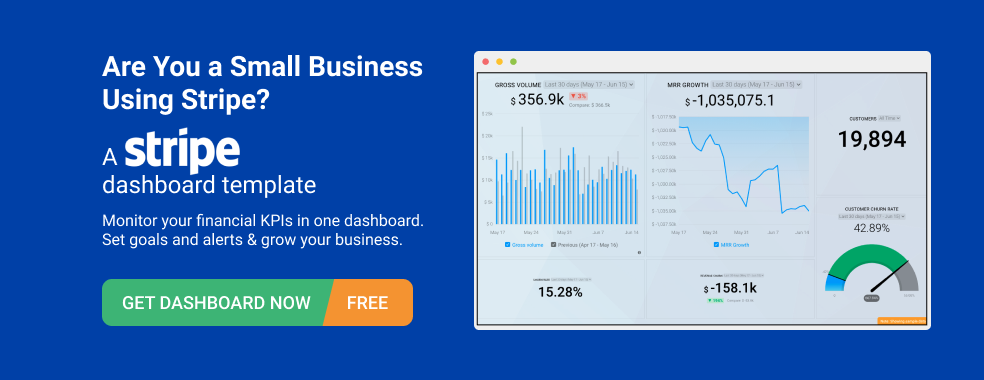

To see what Databox can do for you, including how it helps you track and visualize your performance data in real-time, check out our home page. Click here.
Businesses are often faced with problems, no matter the stage of development they’re in. They can usually rely on in-house expertise, but sometimes, their problems or plans require specialized training they just don’t have.
Enter consultants. Businesses hire these professionals to solve problems they can’t. Consultants provide expertise and advice to their clients, helping them solve their problems and clearing a path to growth and development.
One essential tool in a consultant’s toolbox is a business consulting report. These business reports provide a detailed examination of an organization’s problems and are crucial if the management is serious about solving them.
A comprehensive report is the best way for a consultant to show their skills and expertise. So if you want to be better at writing consulting reports, you’re at the right place.
We’ll examine what they are, why they’re important, and how to create an effective business consulting report.

It’s really not complicated. A consulting report is a document (more commonly a set of documents) you send to your clients to report on your progress on the project you’re consulting on.
The exact type and format of the report depend on the project and the information your clients need or want to see. While you can send your report as a simple email (or a Word document accompanied by Excel spreadsheets or a PowerPoint presentation), the best option is to make use of interactive and customizable dashboards.
Businesses use consulting reports to keep track of the projects they hired consultants for and to monitor consultant performance. They’re valuable and reliable sources of information that inform policy and lead to better decision-making in the future.
Managing a business is a challenging task, and most business owners and managers have to deal with a lot of different tasks. Unfortunately, few of them (if any) truly have the broad set of skills required to solve every single problem in their business.
That’s why they turn to consultants and consulting agencies who can provide expertise and help solve their issues. These services are necessary for growth since no single business has an in-house solution for everything.
This brings us to consulting reports. They are useful to clients because they give them insight into the progress a consultant is making on a consulting project. They’re useful to consultants because they allow them to keep track of how their projects are going. In addition, since business consulting reports lay out the project in detail, they can help consultants improve their future performance and ensure better planning for the future.
So without further ado, let’s dive straight into the steps involved in creating a consulting report!
Consulting reports vary depending on a variety of factors, including the specifics of the task, the field they’re consulting in, and the company they’re consulting for. However, following a consistent general outline is necessary if you want to ensure you give the clients a well-organized and comprehensive report.
Here are some components that should find their way into the majority of consultant reports:
It’s not easy to know which KPIs to track for sales, marketing, and customer success in a SaaS company. There are many possibilities, and so much to do! Why not start with the basic metrics that determine the health of your company?
If you want to track these in Stripe, you can do it easily by building a plug-and-play dashboard that takes your Stripe customer data and automatically visualizes the right metrics to allow you to monitor your SaaS revenue performance at a glance.

You can easily set it up in just a few clicks – no coding required.
To set up this Stripe dashboard, follow these 3 simple steps:
Step 1: Get the template
Step 2: Connect your Stripe account with Databox.
Step 3: Watch your dashboard populate in seconds.